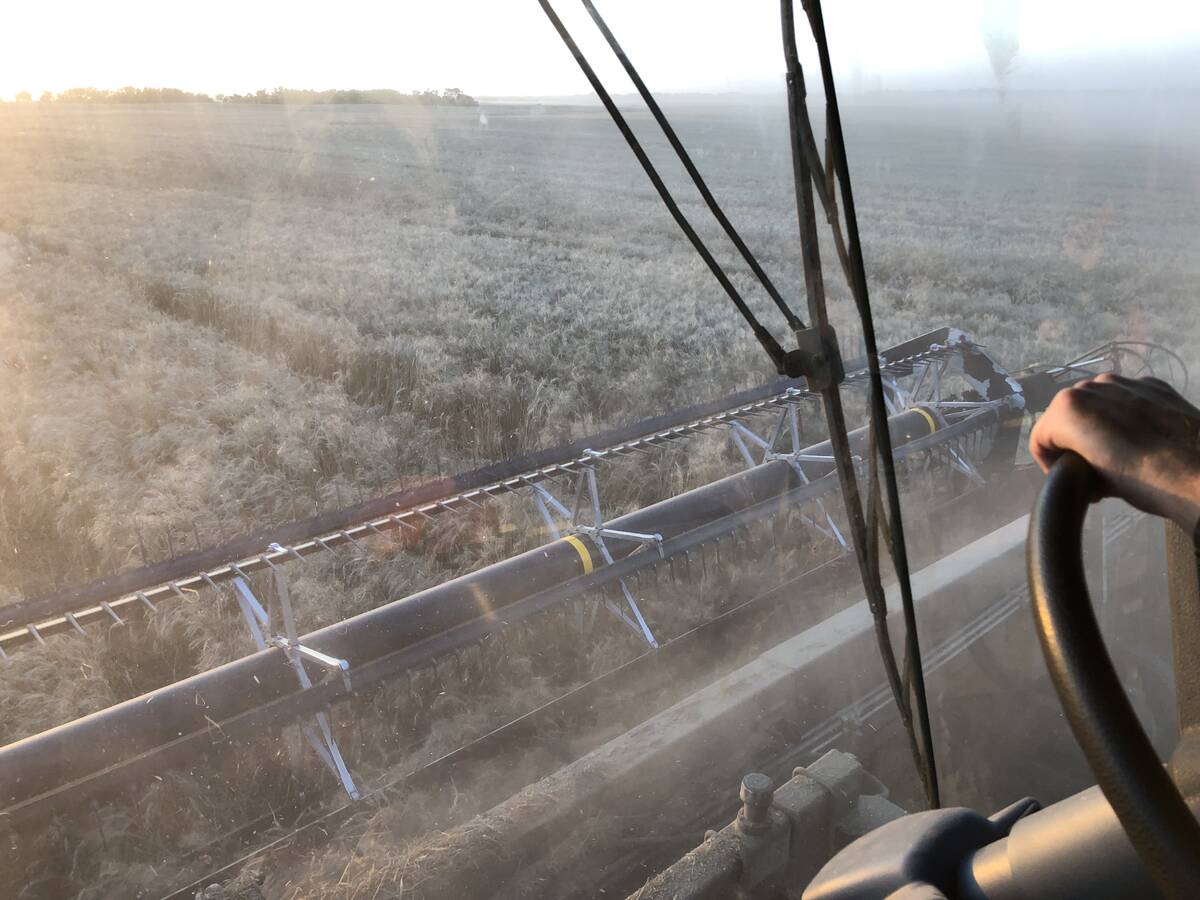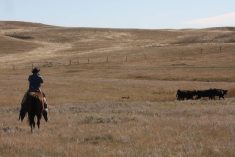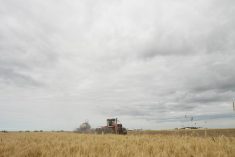Recent research holds out the possibility that wild populations may become more resistant as susceptible animals die off
Some deer may have protection against chronic wasting disease written in their genes, according to research from the University of Alberta.
Debbie McKenzie leads a team of researchers specializing in the origin and development of CWD. Alicia Otero Garcia, a postgraduate fellow in her lab, started with mice genetically engineered to have brain tissue similar to deer with something called the S96-PrPC polymorphism, or S96.
She took the mice’s brain tissue and mixed it in the test tube with material from hunter-harvested deer containing the most common form of CWD prion. Prions are variant forms of naturally occurring proteins. They are capable of triggering normal proteins to misfold so they cannot function. The result is brain damage and death.
Read Also

Mail strike disrupts grain sample delivery
The Canadian Grain Commission has asked farmers to consider delivering harvest samples directly to CGC offices, services centres or approved drop offs as Canada Post strike delays mail.
Otero Garcia found that the S96 tissue was infected by the CWD prion. But something interesting happened in the next step. She took the material from the first experiment, and ran it through a process called PMCA (protein misfolding cyclic amplification). Then she added it to a fresh batch of S96 brain tissue.
“It’s somewhat analogous to infecting one animal, and when it gets sick, taking that brain and infecting the second animal,” McKenzie said.
Except in Otero Garcia’s experiment, the CWD didn’t infect the new brain tissue.
“What was made in the first round was not stable and not capable of converting more,” McKenzie said. “It just fits in very nicely with data from the field that suggests 96S animals are less susceptible to CWD.”
The results, published in Nature Scientific Reports, offer some hope that wild populations may become more resistant to CWD as susceptible animals die off, but McKenzie said this is speculative.
CWD is spreading, concentrated mostly in Alberta and Saskatchewan in Canada. South of the border, in some jurisdictions such as Wyoming, the incidence of CWD in wild cervids is so high it’s beginning to affect population numbers.
Hermann Schaetzl, head of the Calgary Prion Research Unit at the University of Calgary, said wildlife do have some strategies to adapt, such as breeding earlier in their life cycles, but the impact is still profound.
“We know from studies when you have more than 20, up to 25 percent positive rates, it’s very bad for the population,” he said. “We did a study where it’s about a 20 percent reduction every year in the cervid population when you are above 25 percent.”
For game ranches, the S96 variant could offer some protection against CWD by breeding resistant animals for their stock. This has been done successfully in sheep to create flocks resistant to scrapie, another prion disease.
“I would really like to see that done,” McKenzie said, adding that this process would need to be a careful one since CWD resistance might come with unknown disadvantages that would make the deer less fit in other ways.
















